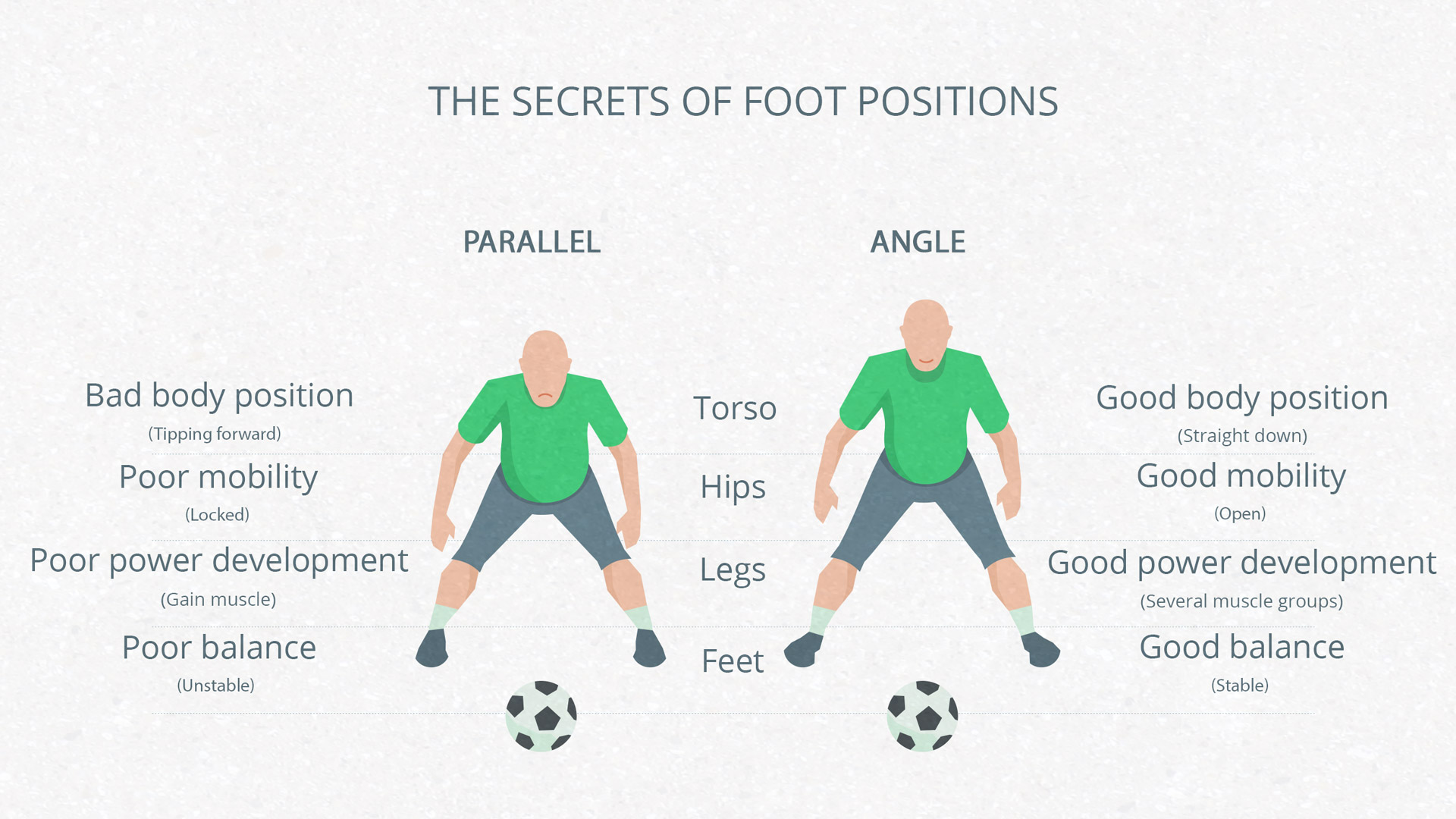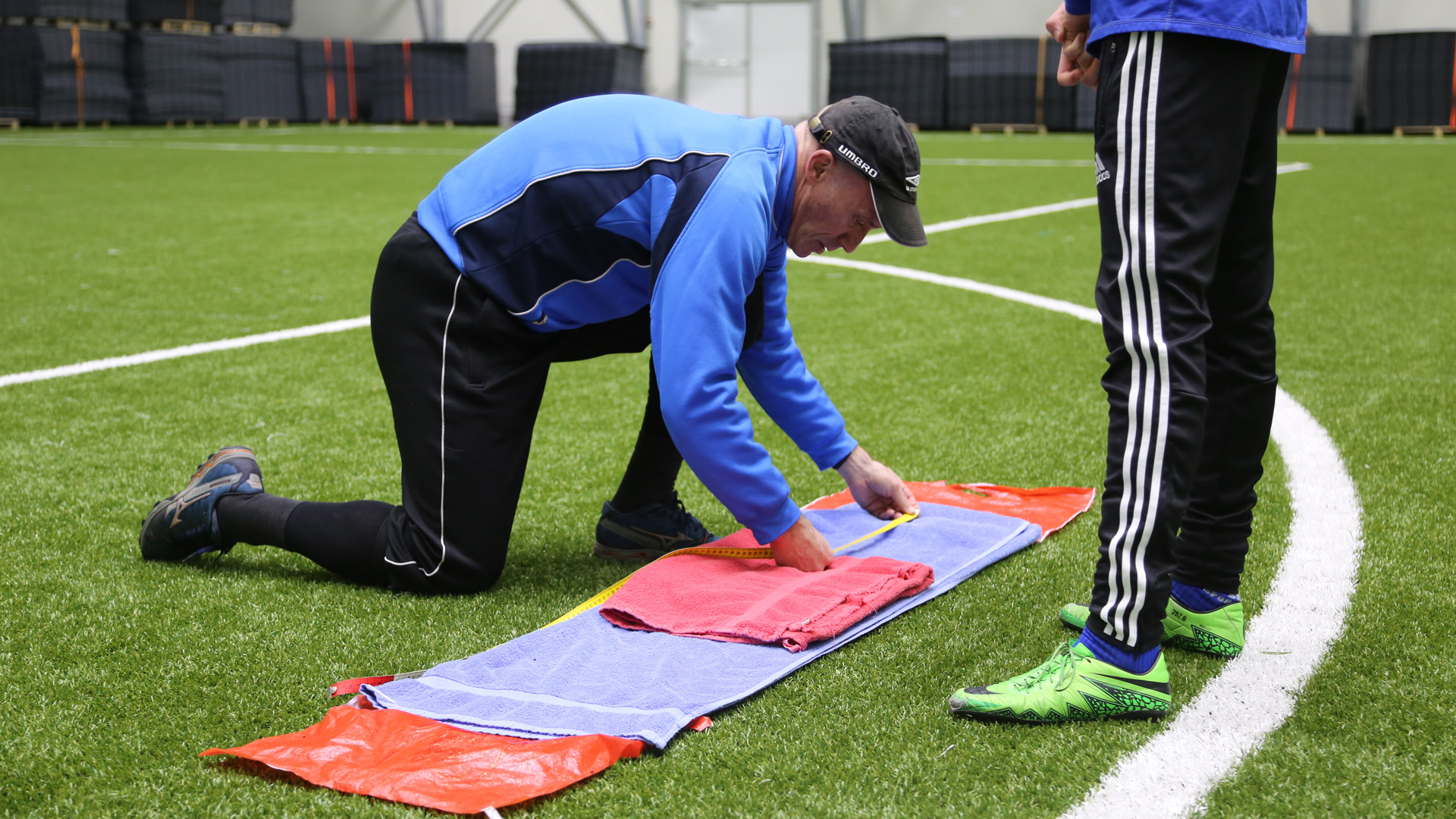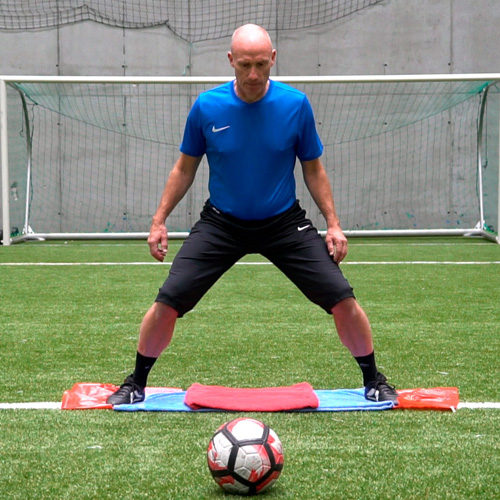
If I were to tell you that the mere angle of your foot could make all the difference between strong performance and failure, what would you think?
I bet you’re not convinced. And you wouldn’t be alone. However, it is completely true.
Why Your LFT Quality (Leg, Feet and Torso Position) is So Important
The quality of the LFT position plays a central role in your performance and directly influences your technical execution. LFT quality is important both for your performance in the heat of the game and your long-term development.
The LFT position is measurable, and it revolves around distances, positions and postures.
Your LFT quality says a lot about the way you work, regardless of whether you are stationary or moving.
You need to ensure that you always remember one basic thing: The order of the body parts in the term LFT (Leg, Foot, Torso) are not accidental!
Your LFT quality says a lot about the way you work, regardless of whether you are stationary or moving.
How can you test and analyse the quality of your LFT?
LFT quality is important for everyone who is involved in skill development in football. It is also important that players and coaches with ambition are aware of the quality of the defending position.
A good way to start the process of understanding and refining your LFT is to film or photograph a player in action and to analyse the quality of the LFT.
However, first, we need to analyse things on a slightly deeper level so that we can understand what we’re looking for. To do this, we need to answer the following question:

What is good LFT quality?
The best way to figure this out is by looking at a few examples in action. Specifically, we’re going to look at the LFT quality of a player who is engaged in the frontal defending position.
Before analysing the quality of the LFT of this player, we need to understand some basic facts about the physical characteristics of this player. These will allow us to make comparisons and understand the distances and angles involved on a relative level.
- The player is 180 cm tall. Height is important because it partly reflects leg width.
- The player’s shoulder width is 55 cm. Shoulder width is of interest because it is relative to leg width. Some coaches claim that the player’s leg width should ideally be shoulder-width apart, while others believe it should be 1.5 times that of the shoulder width.

The rest of this article includes:
- 1. The quality of your leg position is the first key to success
- 2. The quality of the foot position is the second key to success.
- The quality of your torso position is the third key to success
These themes, along with 10 other articles, you will find in our book:
“The Ultimate Guide to Football Defence
– Unique and Fundamental Knowledge of Defence Skills”.


